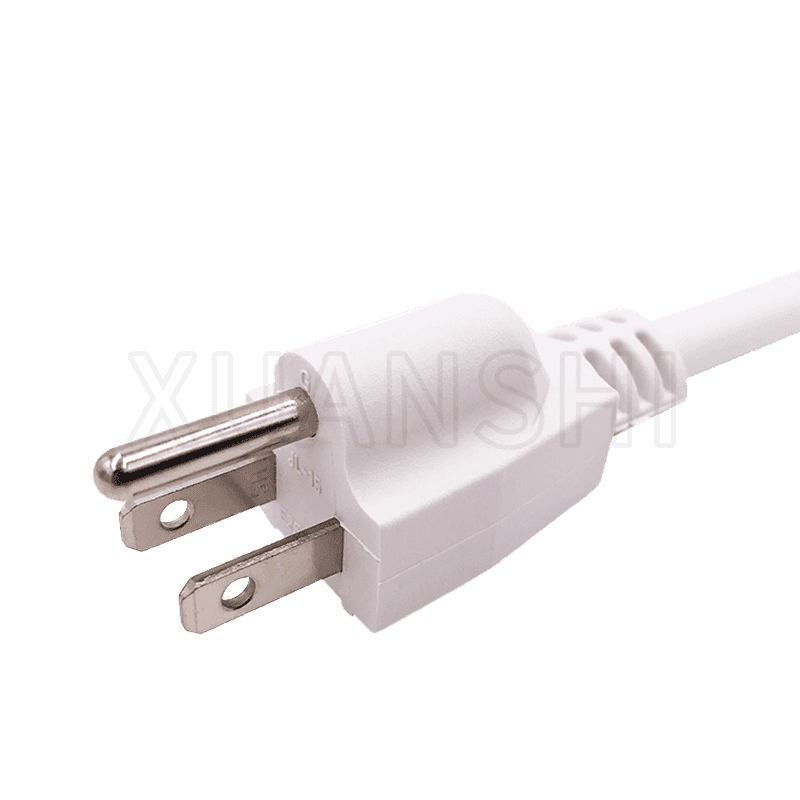Often referred to as a mains cable, a
power cord is an electrical cable that delivers energy from a power source to a product. Power cords are typically installed in domestic and commercial settings and are used in a wide range of applications.
A power cord's main purpose is to deliver electricity to an electrical appliance, such as a computer. This is accomplished through the following three components: the flexible cord, the connector, and the cord covers. Each component must meet certain standards and regulations in order to be considered acceptable.
A power cord is a type of flexible cable, consisting of insulated stranded wire conductors. The cord may include a grounding wire, additional smaller wire, and/or an additional wire that provides electrical energy to a device. The cord is typically coated with a PVC insulation, which provides heat resistance. There are a number of different types of PVC coated cords that can be found in the market. They come in different sizes and insulation types.
The power cord's conductor size is rated in millimeters (mm2) and is based on the size of the wire gauge. The gauge of a wire directly correlates with the number of amps it can deliver. As the cord length increases, the wire gauge must also increase. Some cords are designed with twist-locking features that prevent the wire from being disconnected during operation.
A power cord is usually designed to carry 16 A to 20 A of electricity. Power cords may have additional attachments, such as fuses for overcurrent protection and pilot lights that indicate the voltage. They may also be designed with shields to protect the power conductors.
Power cords are typically designed for indoor use, although they are also used outdoors in commercial and industrial settings. They can be detachable from the appliance or fixed to the appliance. The cord is insulated with an insulating material, which is chosen for its temperature rating, non-conductive nature, or other characteristics. In addition, it must meet specific standards for the length, voltage rating, and molded plug type. It is also subject to various regulations and markings worldwide.
A power cord's connector is the part of the cord that provides temporary attachment to the appliance inlet. It can be made of thermoplastic elastomers, silicone, plain rubber, or fiberglass. It can also be custom-made to suit an application's needs. The connector is standardized by the International Electrotechnical Commission (IEC) and follows IEC 60320, which is the international standard for power cables.
The connector is attached to one end of the cord by a metallic ring. It slips over the screw of the power terminal post. This method is often used to attach the stripped end of a non-detachable power cord. The metallic ring must be crimped using an approved crimping tool.
A power cord's jacketing material is also determined by the application. It can be made of thermoplastic, rubber, or fiberglass, depending on the requirements. It must also meet the maximum temperature ratings and voltage ratings. In addition, it must be approved by an authorized certification agency. In North America, certification agencies include UL, CSA, and NRTL.

Wiring
HPN 18/16AWG/3C (10A,13A/125V)
SPT-2 18/16AWG/3C (10A,13A/125V)
SPT-3 18/16/14AWG/3C (10A,13A,15A/125V)
SJ,SJW,SJO,SJOW,SJOO,SJOOW 18/16/14AWG/3C (10A,13A,15A/125V)
SJT,SJTW,SJTO,SJTOW,SJTOO,SJTOOW 18/16/14AWG/3C (10A,13A,15A/125V)
SVT,SVTO,SVTOO 18/16AWG/3C (10A,13A/125V)
